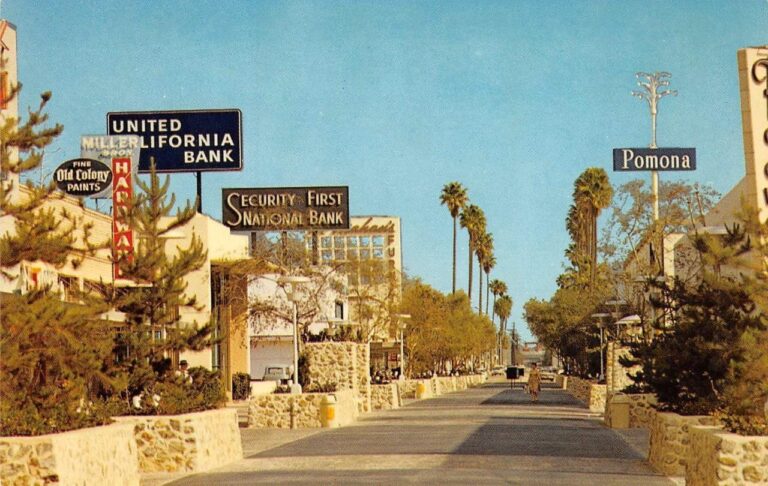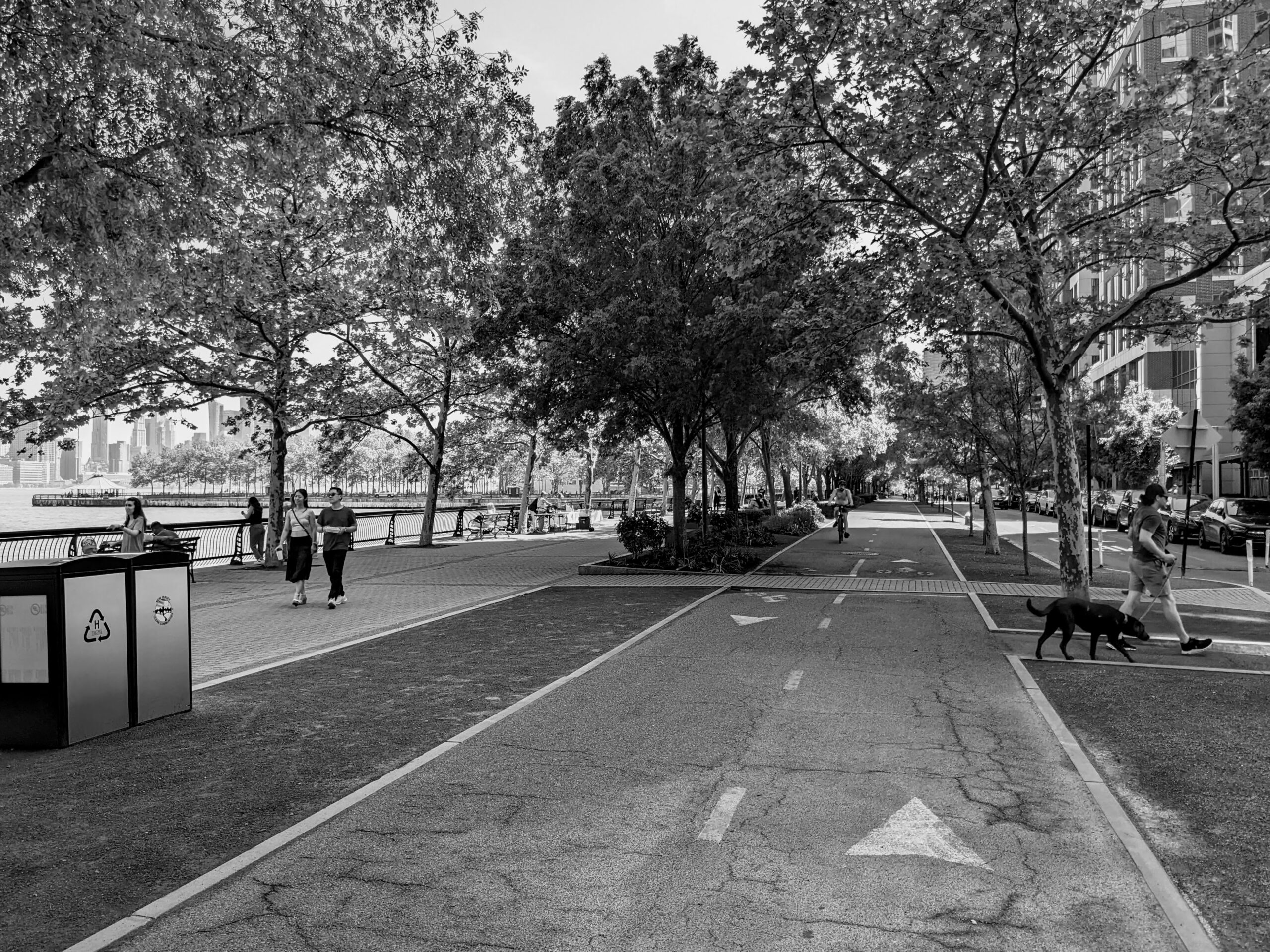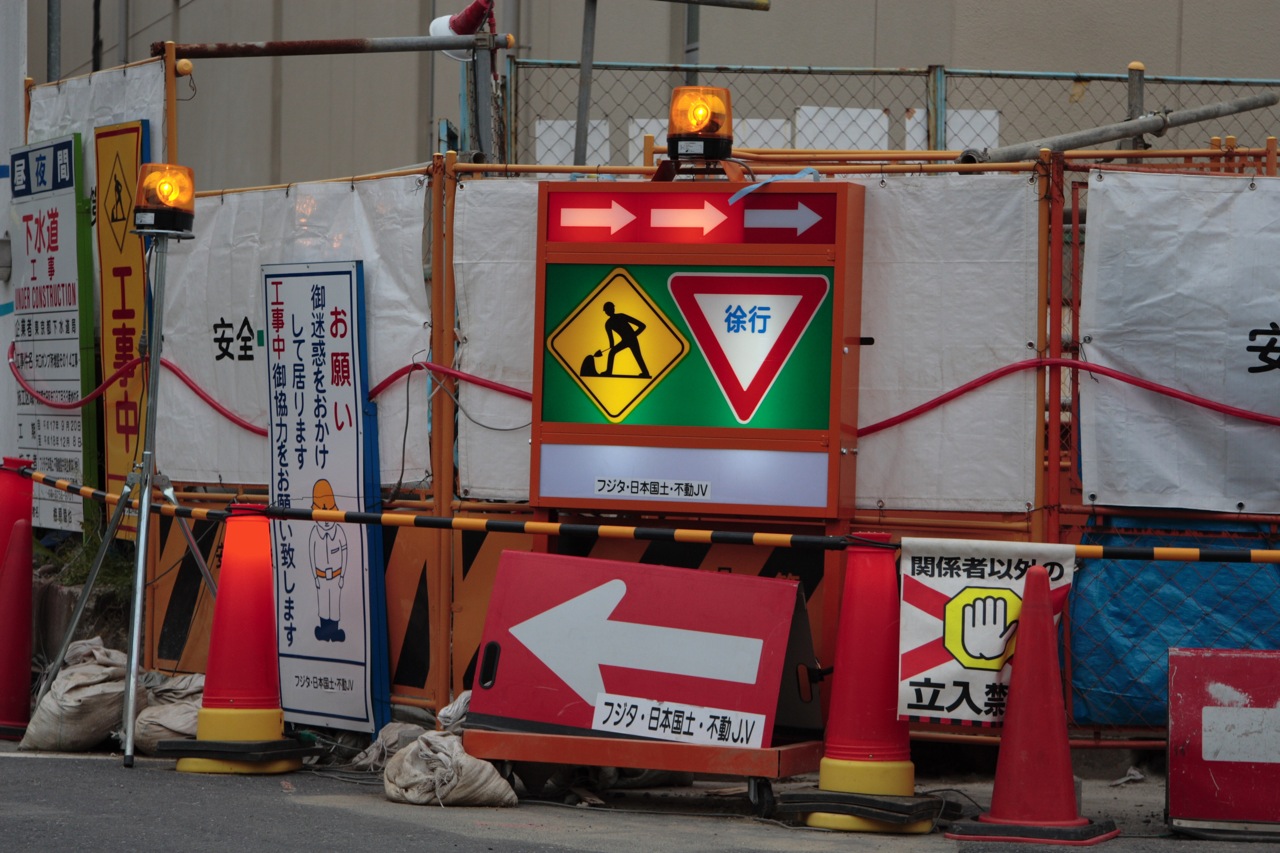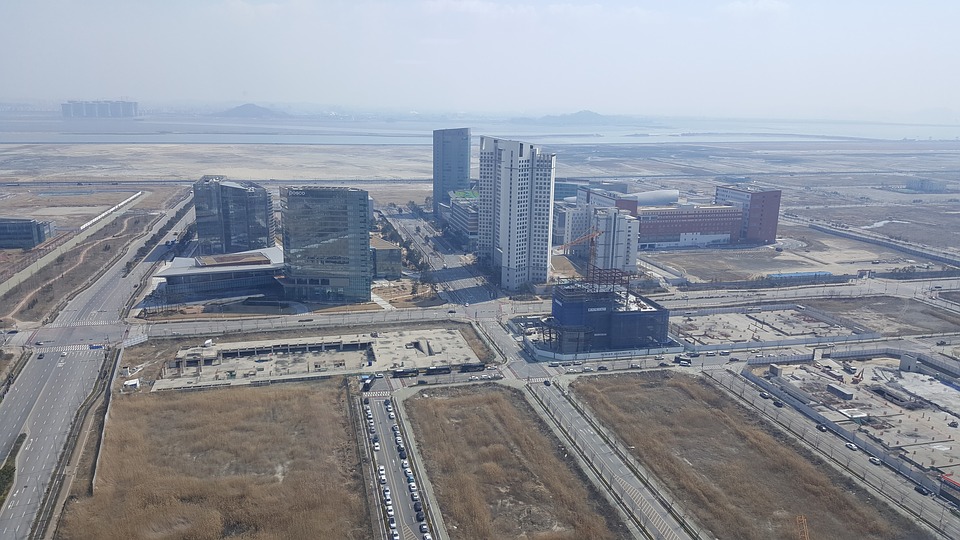Physical Address
304 North Cardinal St.
Dorchester Center, MA 02124
Physical Address
304 North Cardinal St.
Dorchester Center, MA 02124

Urbanists love to celebrate, and replicate great urban spaces – and sometimes can’t understand why governments don’t: But what’s important to recall – especially for those of us under, uh, 41 – is that pedestrianized streets aren’t a new concept coming into style, they’re an old one that’s been in a three-decade decline. Samantha Matuke, Stephan Schmidt, and Wenzheng Li tracked the rise and decline of the pedestrian mall up to the onset of the pandemic. Even in the urbanizing 2000s and 2010s, 14 pedestrian malls were “demalled” against 4 streets that were pedestrianized: In a 1977 handbook promoting pedestrianization, Roberto Brambilla and Gianni Longo admit that some of the earliest “successes” had already failed: In Pomona, California, the first year [1962] the mall received nationwide press coverage as a successful model of urban revitalization; there was a 40 percent increase in sales. But the mall was slowly abandoned by its patrons, and now, after fifteen years of operation, it is almost totally deserted. A Handbook for Pedestrian Action, Roberto Brambilla and Gianni Longo, p. 25 One obvious reason for the failure of many other pedestrianized streets is that they were too little, too late. The pedestrian mall was one of several strategies against the overwhelming ebb tide of retail from downtowns in the postwar era. They weren’t seen as alternatives to driving, but destinations for drivers, who could park in the new, convenient downtown lots that replaced dangerous, defunct factories. A minority of the postwar-era malls survived. The predictors of survival are sort of obvious in hindsight: tourism, sunny weather, and lots of college students, among other things. Some of the streets which were “malled” and “demalled” have rebounded nicely in the 2000s. The slideshow below shows Sioux Falls’ Phillips Avenue in 1905, 1934, c. 1975, and 2015. The […]

What's the best urban path in America? Vote on Twitter this month for nominees in the Urban Paths World Cup.

American YIMBYs point to Tokyo as proof that nationalized zoning and a laissez faire building culture can protect affordability. But a great deal of that knowledge can be traced back to a classic 2014 Urban Kchoze blog post. As the YIMBY movement matures, it's time to go books deep into the fascinating details of Japan's land use institutions.

Urbanist and YIMBY Twitter had a field day dunking on Nathan J. Robinson, whose essay in his publication Current Affairs called for building new cities in California. But California really could use some new cities - and we need to think about them in primarily economic terms.

A trip to Houston reveals how a city can design without shame, urbanize around cars, and achieve privacy in a context of radical integration.
I am currently reading A Fortress in Brooklyn, a (mostly) fine book about the relationship between Williamsburg’s Satmar Hasidim and real estate policy. One chapter discusses Satmar opposition to bike lanes in their neighborhood, and suggests that one cause of this opposition might be that “the Hasidic community in Williamsburg developed a pervasive and entrenched culture of driving automobiles.” In an otherwise heavily footnoted book, the authors supply no footnotes to support this claim. Is it true? Let’s look at the 2019 Census data. There are three Census tracts that include the core of Lee Avenue (the main street of Hasidic Williamsburg): tracts 531, 533 and 535 in Brooklyn. According to the American Community Survey (ACS), the percentage of occupied housing units without automobiles ranged from 63 percent (tract 531) to 85 percent (tract 535). Admittedly, ACS data for anything smaller than a city is subject to a large margin of error; however, it is pretty common for car ownership to be low in neighborhoods that are (like Hasidic Williamsburg) close to Manhattan, have a 55 percent poverty rate, and have over 80,000 people per square mile. Another heavily Hasidic area, Borough Park, is further from Manhattan, more affluent, and less dense. (The primary zip code of Borough Park, 11219, has a 32 percent poverty rate, and has only 60,000 people per square mile). Yet even in the Boro Park zip code, most households lack a vehicle. ACS commuting data is consistent with these figures. In all three Census tracts, fewer than 1/4 of workers drove or carpooled to work. Public transit use was roughly comparable, because the majority of workers worked in the neighborhood and walked to work. To me the most interesting question is, why did these otherwise careful authors get it wrong? I have two theories. First, […]
My sense is that parks and similar forms of public space tend to be far less controversial than housing or industry. But an interesting paper by Israeli architecture professor Hillel Schocken suggests that a city can have too much public space. He begins by asking: why do cities exist? He writes that cities allow people to “widen contact with as many people as possible… The more people one came in contact with the more he increased his chances of finding a suitable mate or potential “business partners” with whom he might exchange goods.” Thus, cities need places where one can come into contract with people that one does not already know. He adds that “the more public space per person within a study area the lower are the chances that people may enjoy mutual presence in public space. ” In other words, if most of the city is parkland or roads,your chances of actually meeting another person in the park is lower, since most of the parkland will be unoccupied at any given time. Schocken suggests that his view is supported by data: he studies four cities and the most pedestrian-friendly ones (Nice and a Brazilian favela) have relatively low amounts of public space per person, while Ashdod, Israel (which is more auto-oriented) has more, perhaps because more land is used for roads than in the other towns studied. He also studies Poundbury, a British new urbanist development which he thinks has far too much public space and is thus not as lively as it could be.
I had always thought dollar stores were a nice thing to have in an urban neighborhood, but recently they have become controversial. Some cities have tried to limit their growth, based on the theory that “they impede opportunities for grocery stores and other businesses to take root and grow.” This is supposedly a terrible thing because real grocery stores sell fresh vegetables and dollar stores don’t. In other words, anti-dollar store groups believe that people won’t buy nutritious food without state coercion, and that government must therefore drive competing providers of food out of business. Recently, I was at the train stop for Central Islip, Long Island, a low-income, heavily Hispanic community 40 miles from Manhattan. There is a Family Dollar almost across the street from the train stop, and guess what is right next to it, in the very same strip mall? You guessed it- a grocery store! * It seems to me that dollar stores and traditional grocery stores might actually be complementary, rather than competing uses. You can get a lot of non-food items and a few quick snacks at a dollar store, and then get a more varied food selection at the grocery next door. So it seems to me that the widespread villification of dollar stores may not be completely fact-based. Having said that, I’m not ready to say that my theory is right 100 percent of the time. Perhaps in a very small, isolated town (or its urban equivalent), there might be just enough buying power to support a grocery store or a dollar store, but not both. But I suspect that this is a pretty rare scenario in urban neighborhoods. *If you want to see what I saw, go on Google Street View to 54 and 58 E. Suffolk Avenue in Central Islip.
One common argument against new housing is that it will turn “[neighborhood at issue] into Dubai.” Evidently, some people think Dubai is a hellscape of super-dense skyscapers. In fact, Many Dubai neighborhoods aren’t very dense at all. There is one Dubai neighborhood that is more dense than most urban neighborhoods in North America: Ayal Nasir (which has about 200,000 people per square mile). But it looks far more like Paris than the popular stereotype of Dubai: streets are narrow, and most buildings are five or so stories high. The neighborhood next door, Al Murar, has 130,000 people per square mile and has a similarly human-scale urban fabric.
One common argument against mixing housing types and densities is that if housing type A (for example, townhouses or single-family homes) is mixed with housing type B (for example, condos), the neighborhood will somehow be “ruined” for residents of the less dense housing types. Last week, my new wife and I visited Chicago for our honeymoon. The most interesting street we visited, on Chicago’s wealthy Gold Coast, was Astor Street, just a block from high-rise dominated Lake Shore Drive. What is unusual about Astor Street is its mix of housing types. Although this street is dominated by large attached houses, it also has a few tall-ish buildings next to the townhouses, such as the 25-floor condo building at 1300 North Astor, the 20-story Astor Villas at 1430 North Astor, and the 27-story Park Astor condos at 1515 North Astor. Despite the tall buildings, this street felt like a quiet, beautiful, tree-shaded urban street. And the real estate market seems to agree: recent Zillow ads show a single-family house on Astor Street selling for over $2 million, and another one selling for over $3 million. By contrast, the average house in Astor Street’s zip code (60610) is valued at less than half a million dollars, and only 14.6 percent are worth over $1 million. Clearly, multifamily housing has not “ruined” Astor Street.